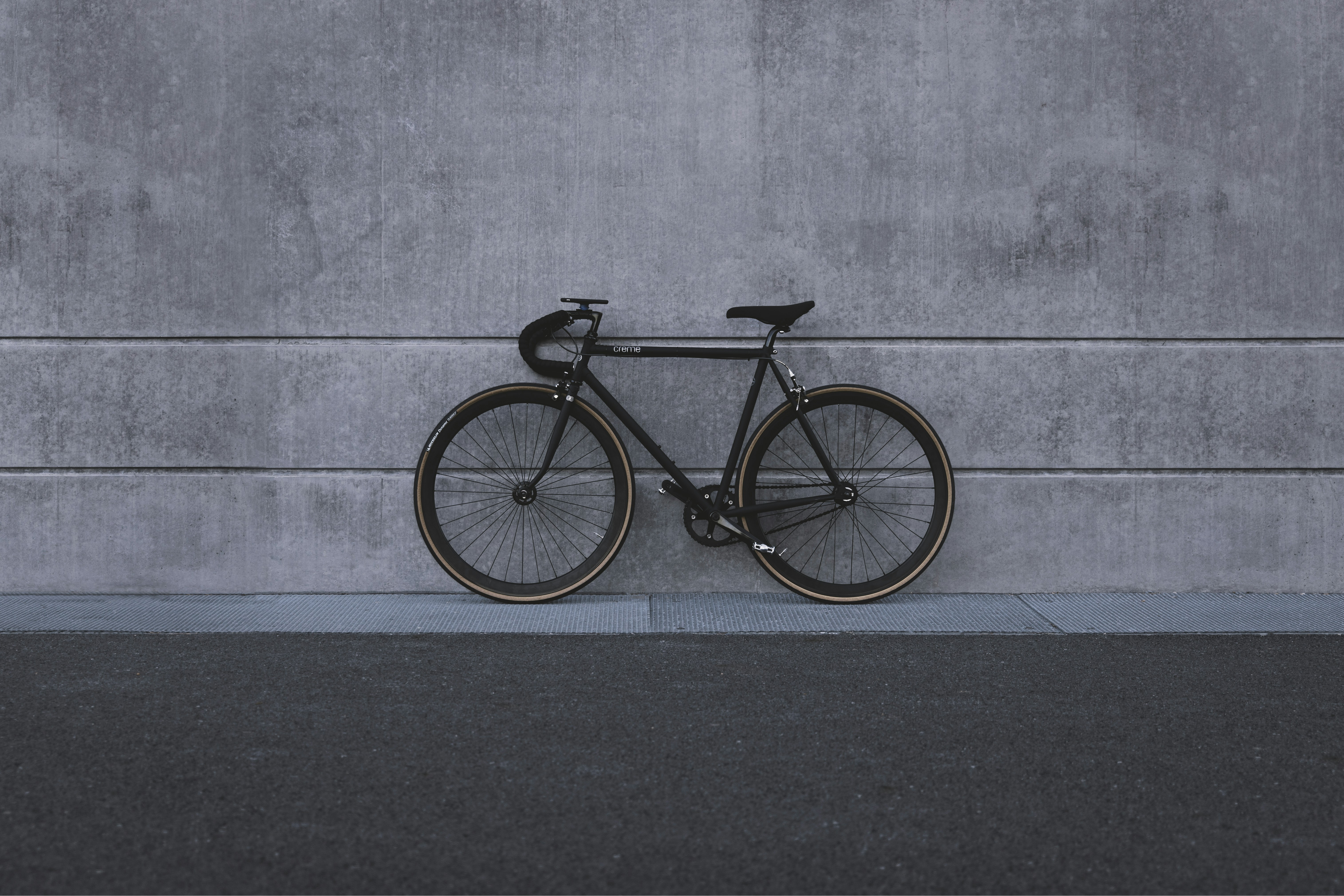Latest Guides & Reviews

Mountain Bike Buying Guide 2025
Everything you need to know about choosing the perfect mountain bike for your adventures.
Read Guide →
Top Road Bikes Under $1000
Our comprehensive review of the best affordable road bikes on the market.
Read Review →
Find Local Bike Shops
Discover trusted bike shops in your area for sales, repairs, and expert advice.
Find Shops →